The potential of stomata analysis in conifers to estimate presence of conifer trees: examples from the Alps
by Ammann B., van der Knaap W. O., Lang G., Gaillard M.-J., Kaltenrieder P., Rösch M., Finsinger W., Wright H. E., Tinner W. (2014)
Brigitta Ammann, Willem O. van der Knaap, Gerhard Lang, Marie-José Gaillard, Petra Kaltenrieder, Manfred Rösch, Walter Finsinger, Herbert E. Wright, Willy Tinner
Brigitta Ammann, University of Bern, Institute of Plant Sciences and Oeschger Centre for Climate Change Research, Bern, Switzerland
in Vegetation History and Archaeobotany 23(3): 249-264 – DOI10.1007/s00334-014-0431-9 –
https://www.infona.pl/resource/bwmeta1.element.springer-11d09098-6ac7-3882-9153-74a68b692ec8
Abstract
To estimate whether or not a plant taxon found in the fossil record was locally present may be difficult if only pollen is analyzed. Plant macrofossils, in contrast, provide a clear indication of a taxon’s local presence, although in some lake sediments or peats, macrofossils may be rare or degraded.
For conifers, the stomata found on pollen slides are derived from needles and thus provide a valuable proxy for local presence and they can be identified to genus level.
From previously published studies, a transect across the Alps based on 13 sites is presented. For basal samples in sandy silt above the till with high pollen values of Pinus, for example, we may distinguish pine pollen from distant sources (samples with no stomata), from reworked pollen (samples with stomata present).
The first apparent local presence of most conifer genera based on stomata often but not always occurs together with the phase of rapid pollen increase (rational limit). An exception is Larix, with its annual deposition of needles and heavy poorly dispersed pollen, for it often shows the first stomata earlier, at the empirical pollen limit.
The decline and potential local extinction of a conifer can sometimes be shown in the stomata record. The decline may have been caused by climatic change, competition, or human impact.
In situations where conifers form the timberline, the stomata record may indicate timberline fluctuations. In the discussion of immigration or migration of taxa we advocate the use of the cautious term “apparent local presence” to include some uncertainties. Absence of a taxon is impossible to prove.
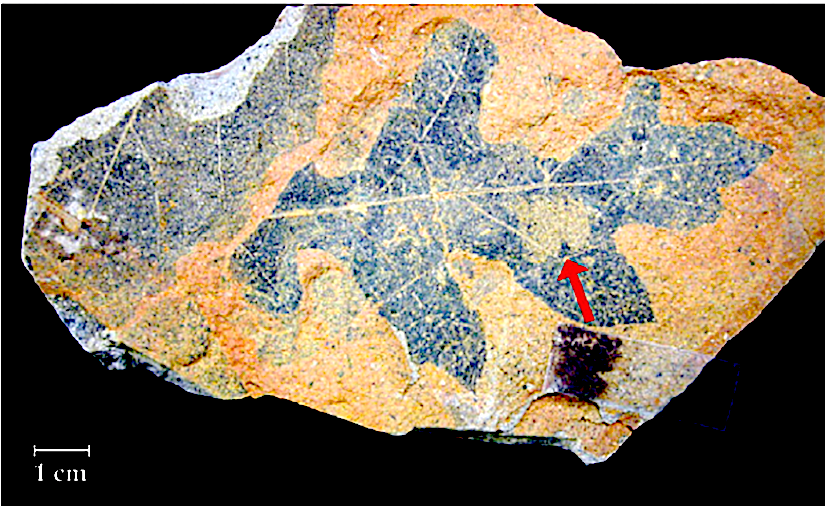
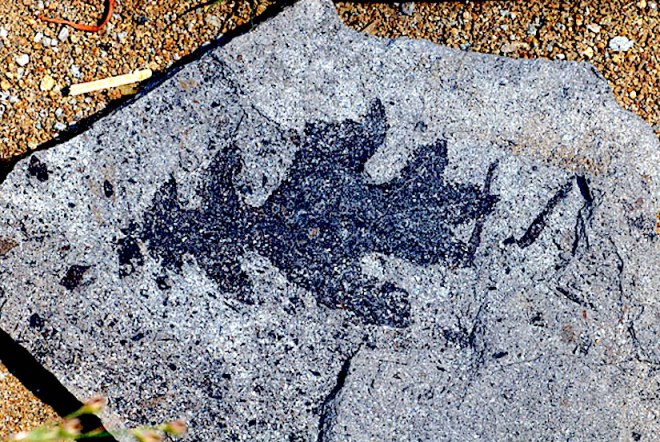
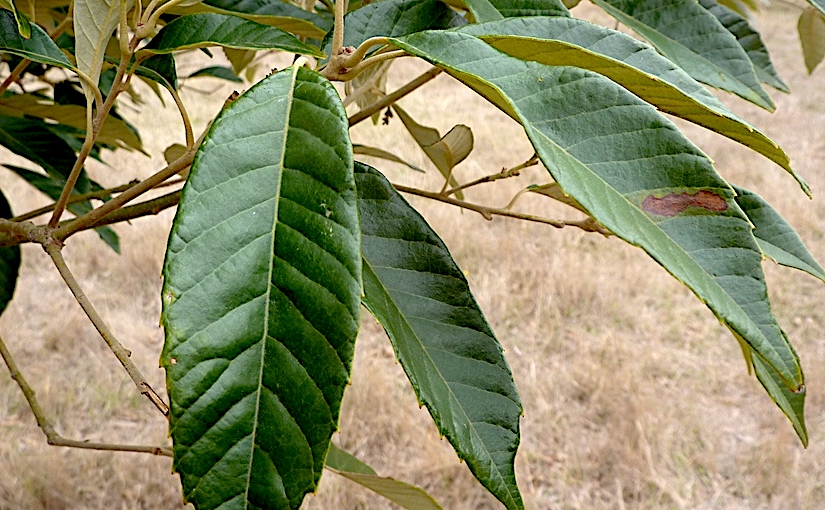
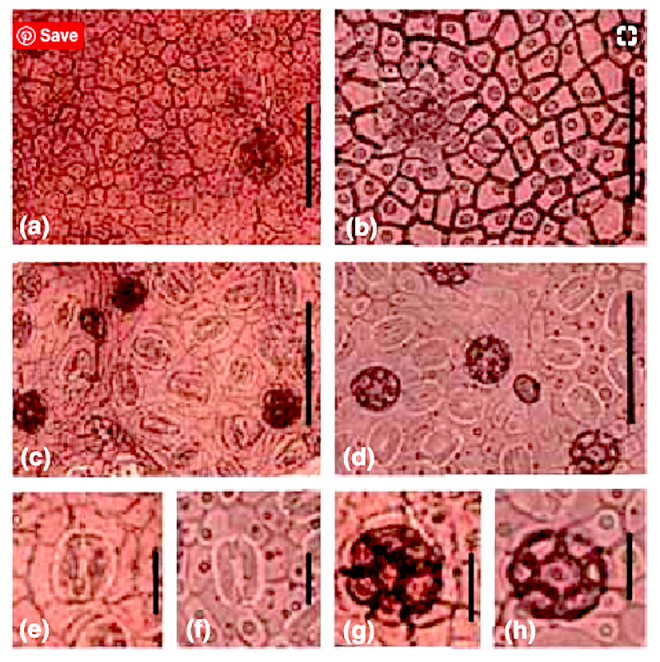
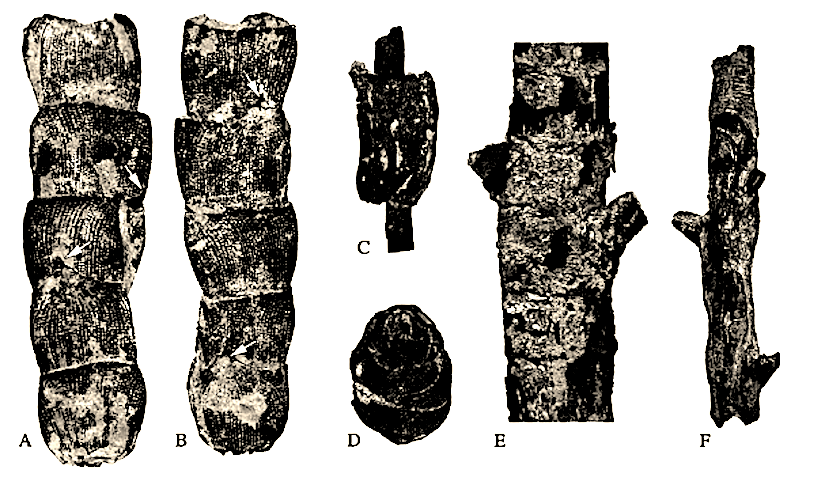



You must be logged in to post a comment.